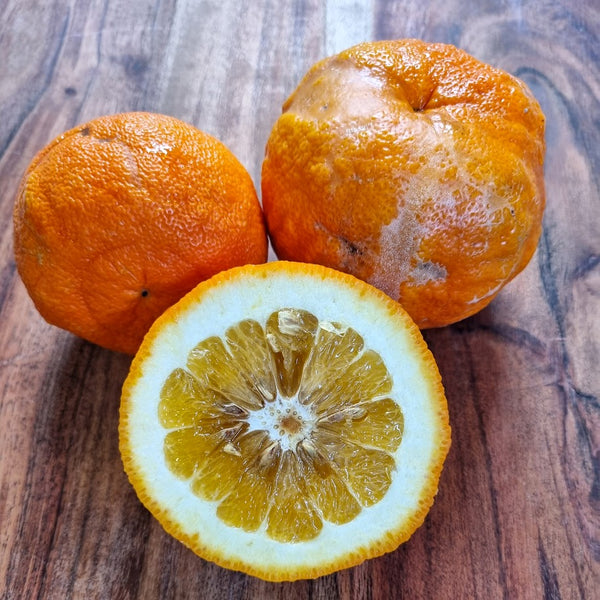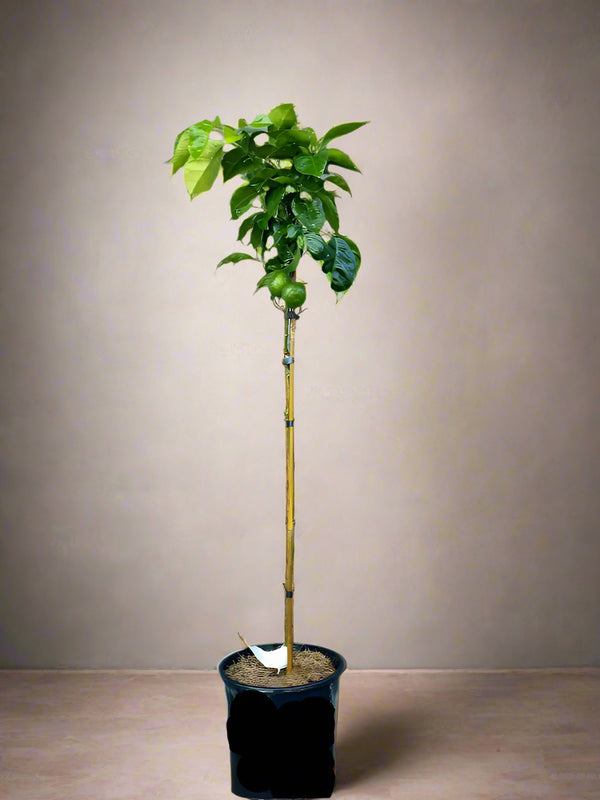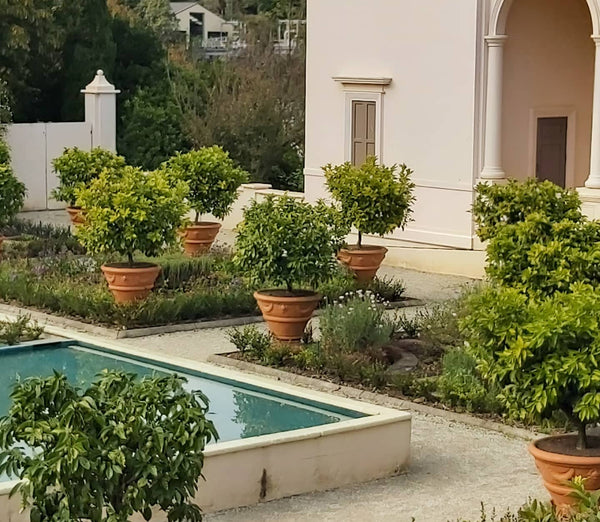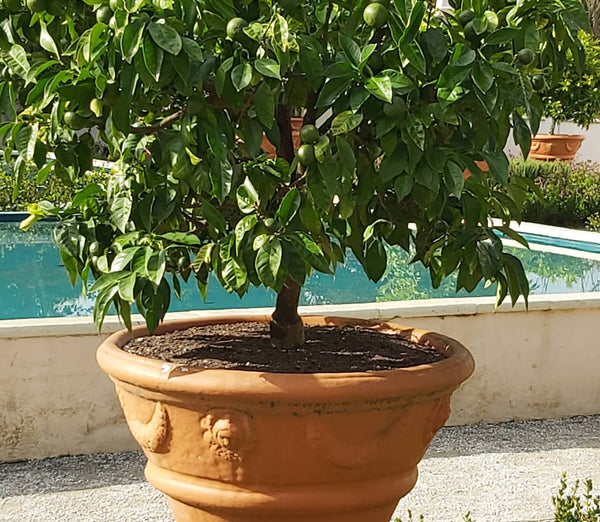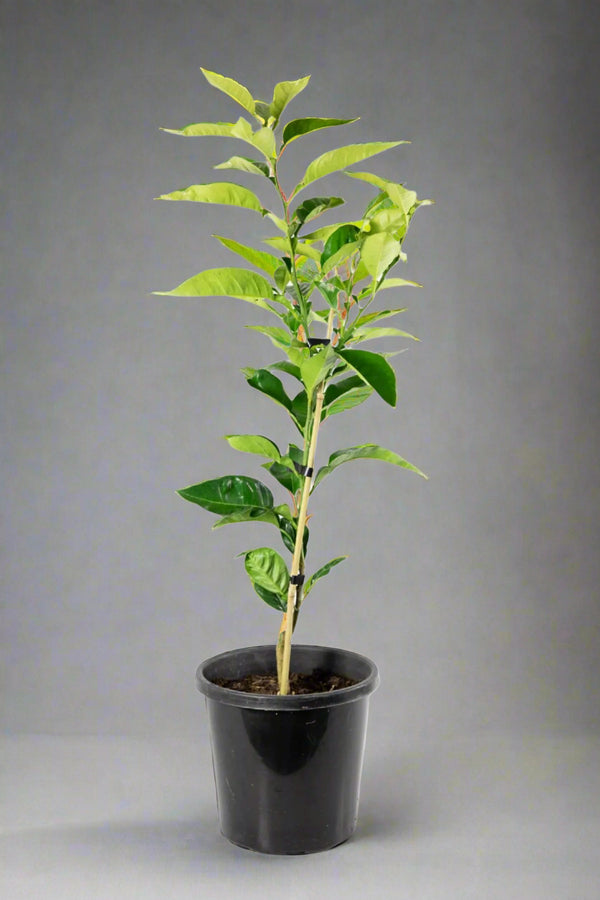
Seville Orange Tree (Common Bitter Orange Tree)
Tax included
Shipping calculated at checkout
Please note: OurEstablished Range, Medium Standard Range (14L pot), andTall Standard Range trees are available for pickup only, as their size exceeds standard courier limits.
Seville orange trees (Common Bitter Orange Tree) are medium-sized evergreen trees with glossy green leaves and fragrant white blossoms. The tree is attractive, large, and has very few or no thorns. The Seville orange fruit is seedy, bitter, acidic, and medium sized. They have a bumpy, uneven rind that is bright green when unripe and turns a deep orange when mature. Seville orange trees are relatively easy to grow in warm climates with well-drained soil. They are more cold-tolerant than sweet oranges, but they can still be damaged by very heavy frost.
Unlike sweet oranges, Seville oranges are incredibly bitter and sour. The juice is not palatable on its own, but it has a strong, concentrated citrus flavour that is prized in cooking and marmalade. Their high pectin content helps the marmalade set and gives it a unique, slightly bitter flavour. The peel of Seville oranges is also used to make liqueurs, candied orange peel, and other citrus-infused products. The juice can be used in small amounts to add complexity to savoury dishes and sauces.
Seville orange trees (Common Bitter Orange Tree) are named after the city of Seville, Spain, where they were first introduced in the 12th century. The were brought to Spain by Arab conquerors from northern Africa via Morocco.
|
Names |
Seville orange, Common sour orange, Common bitter orange, Spanish Sour, Citrus aurantium 'Sevillano', Citrus aurantium 'Real', Citrus aurantium 'Agrio de España' |
|
Origin |
Southeast Asia but have been cultivated in Spain for centuries. |
|
Mature Size |
Up to 5m tall in ideal conditions. In the nursery, we prune the tree to maintain a height of around 1.5m. |
|
Foliage |
Glossy green leaves and fragrant white blossoms |
|
Soil |
Well drained, rich soil |
|
Position |
Sunny area. Protection from frost is advisable in colder regions. |
|
Flavour |
Tart with a distinctive bitterness. Not juicy. Unique aroma. |
|
Fruiting |
June - September |
|
Fruit Uses |
Rinds used to infuse oils and vinegars, adding a complex citrusy depth to dressings and marinades. Peels can be candied, and the peel is also used in the production of some perfumes. Liqueurs like Cointreau and Grand Marnier owe their distinctive aromas and flavours to Seville oranges. |

